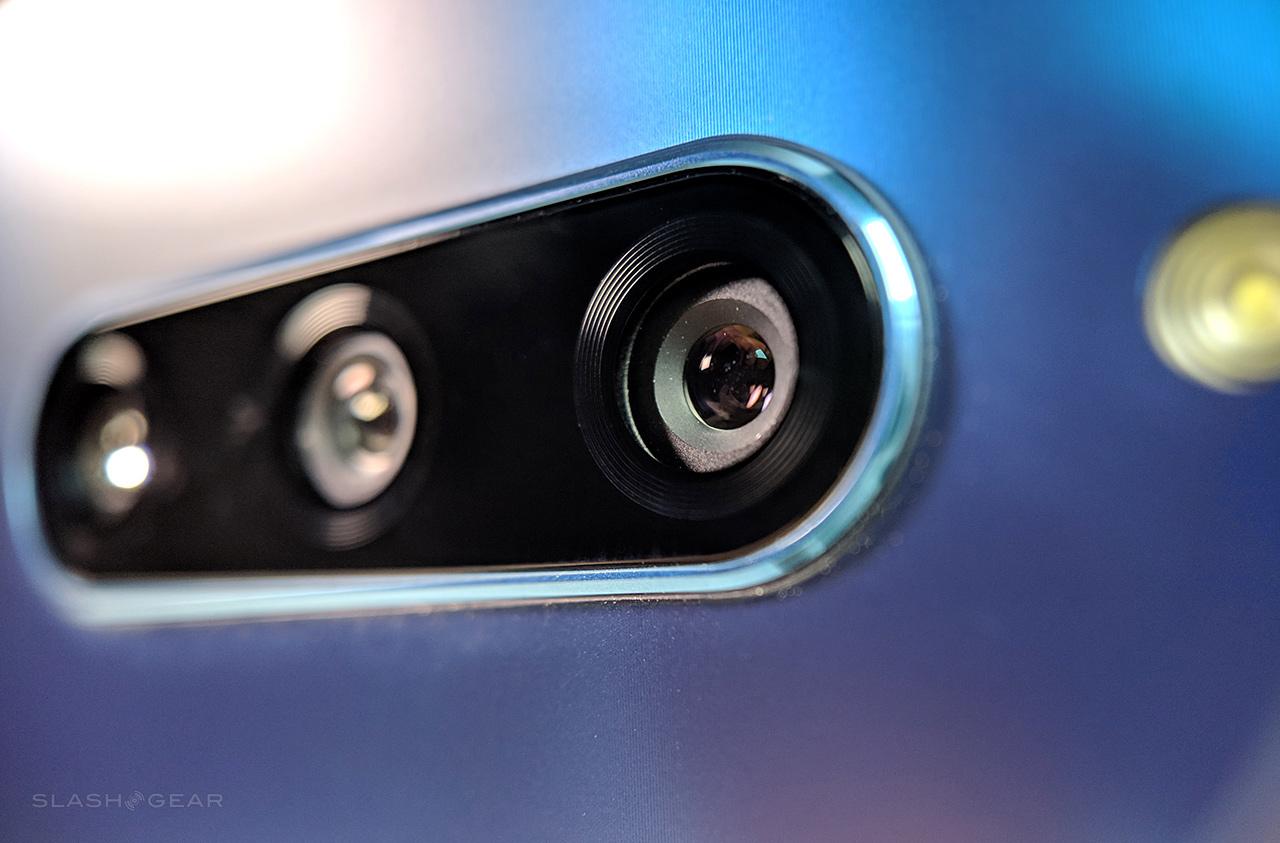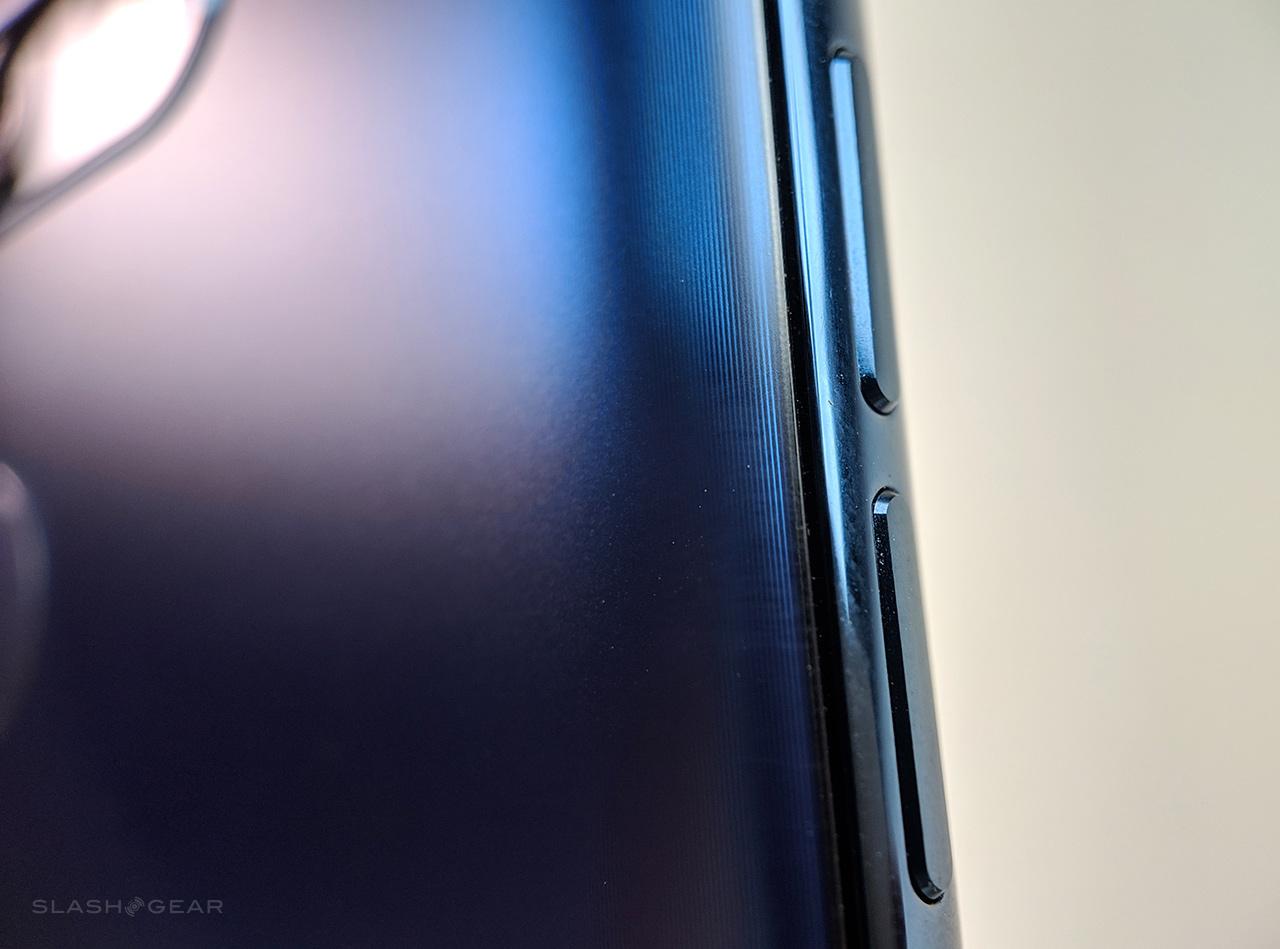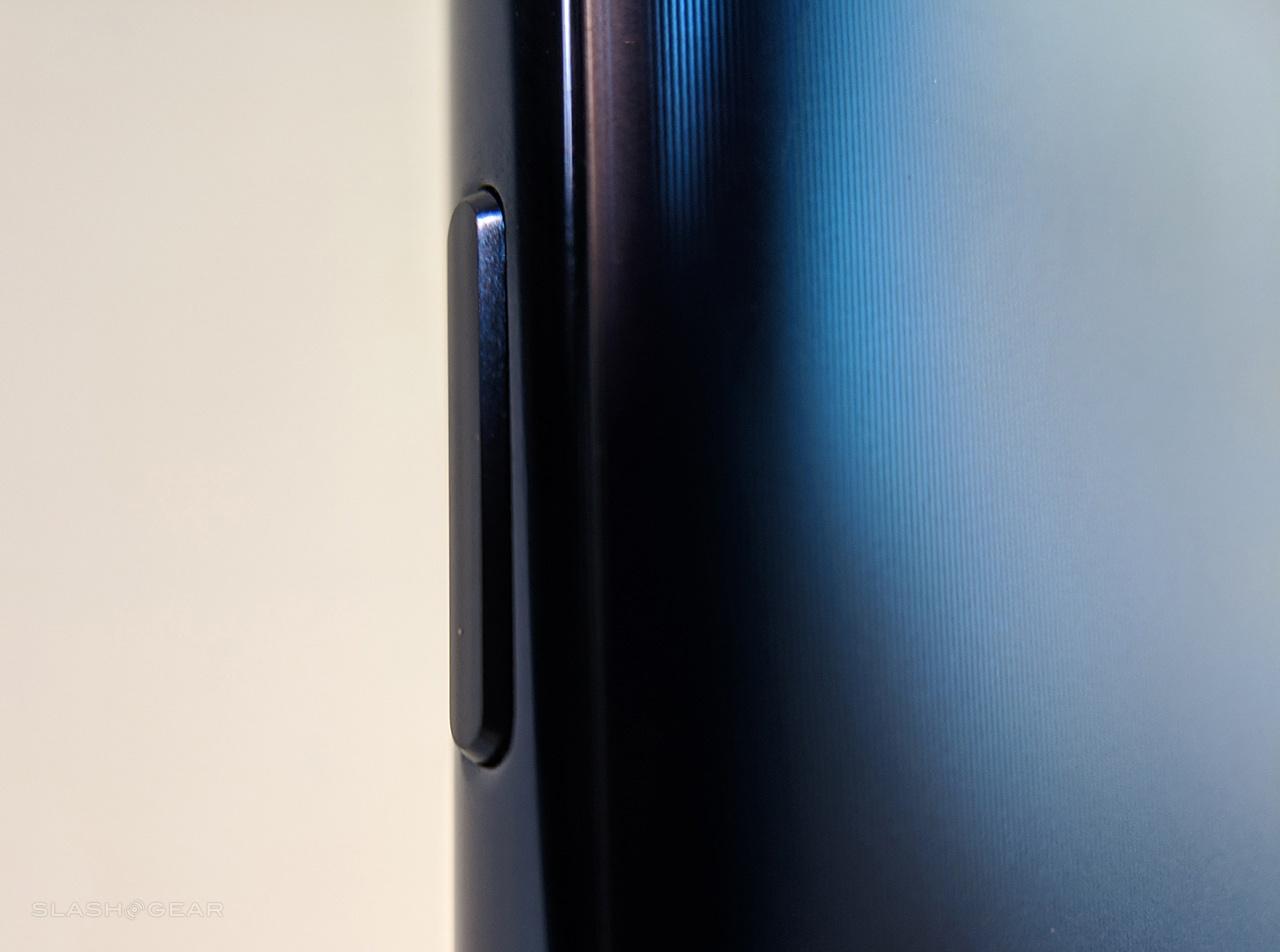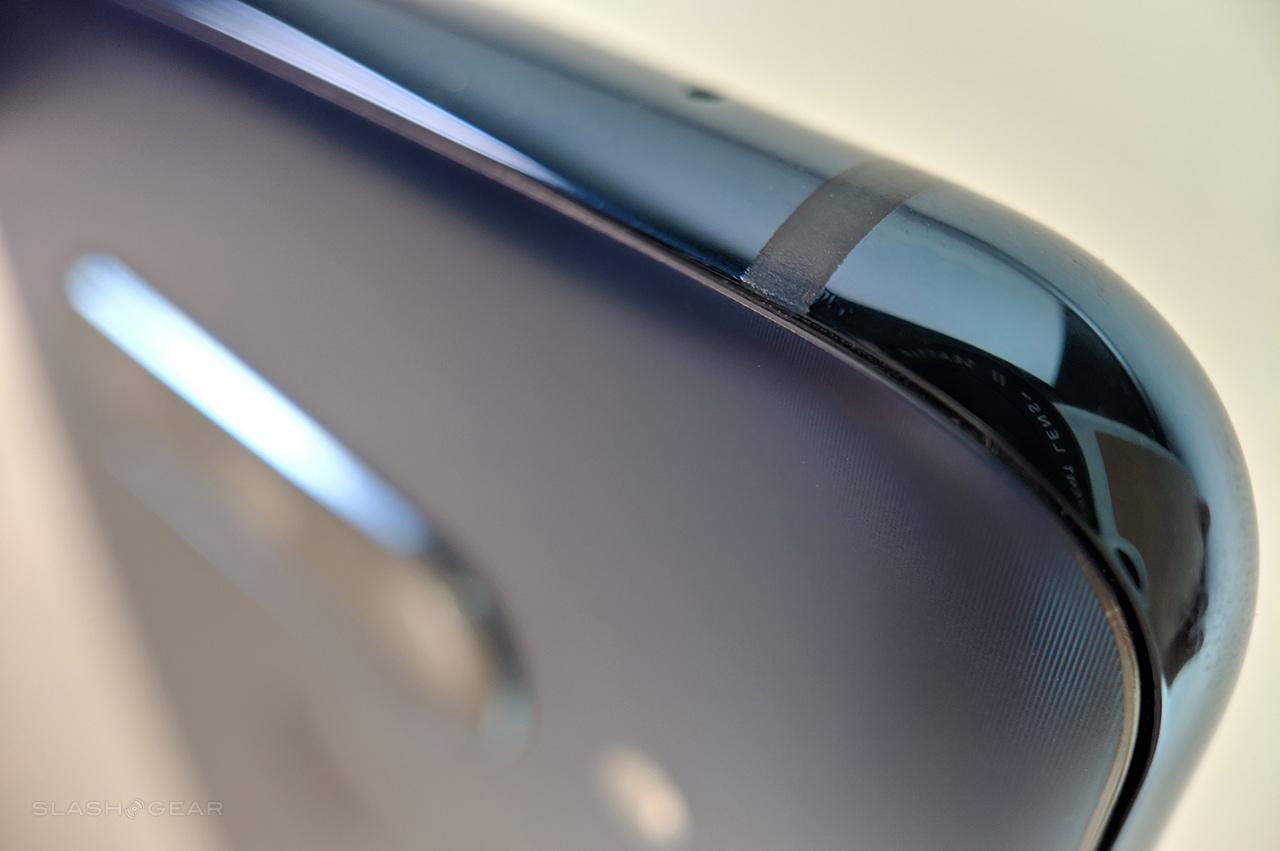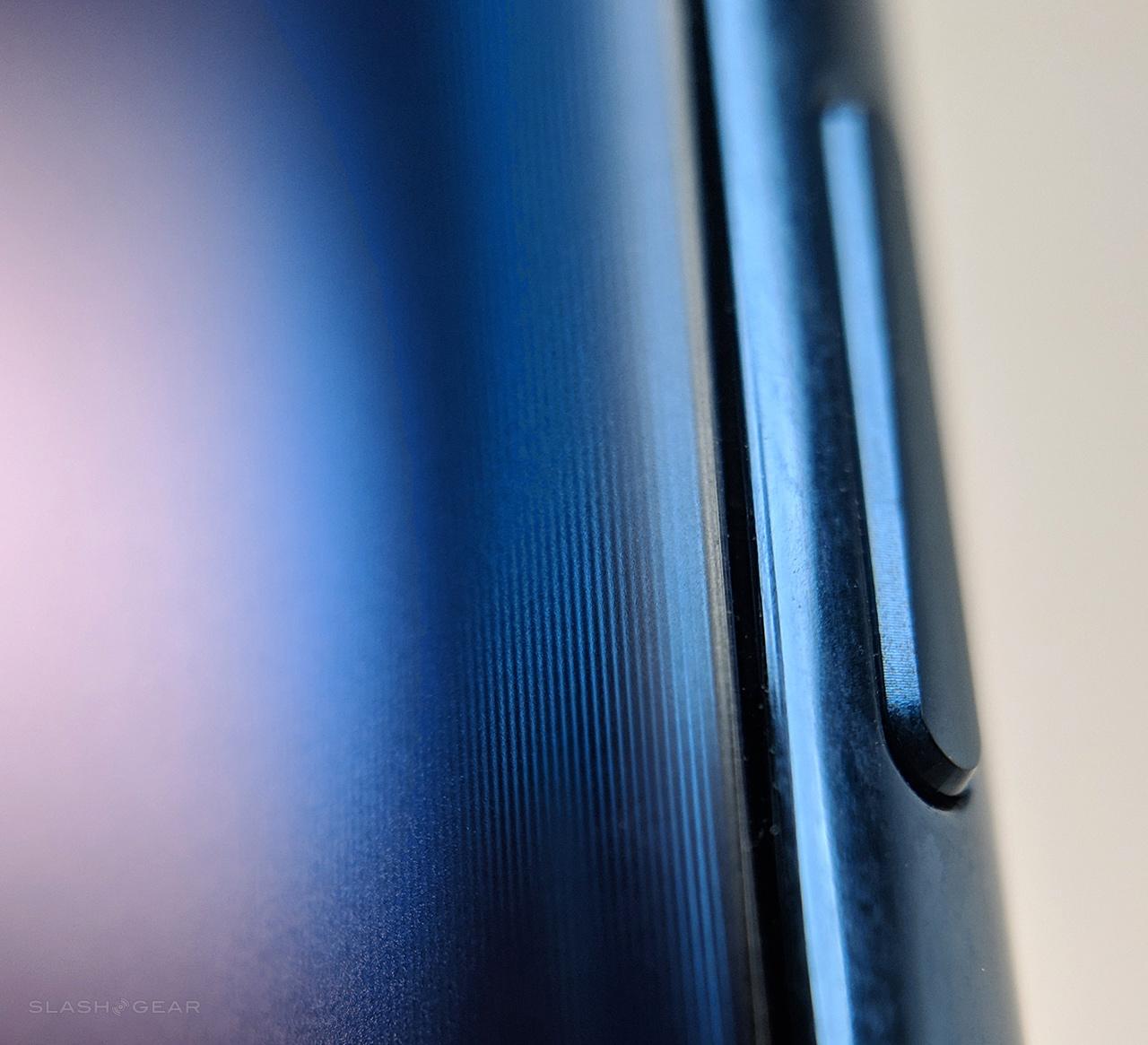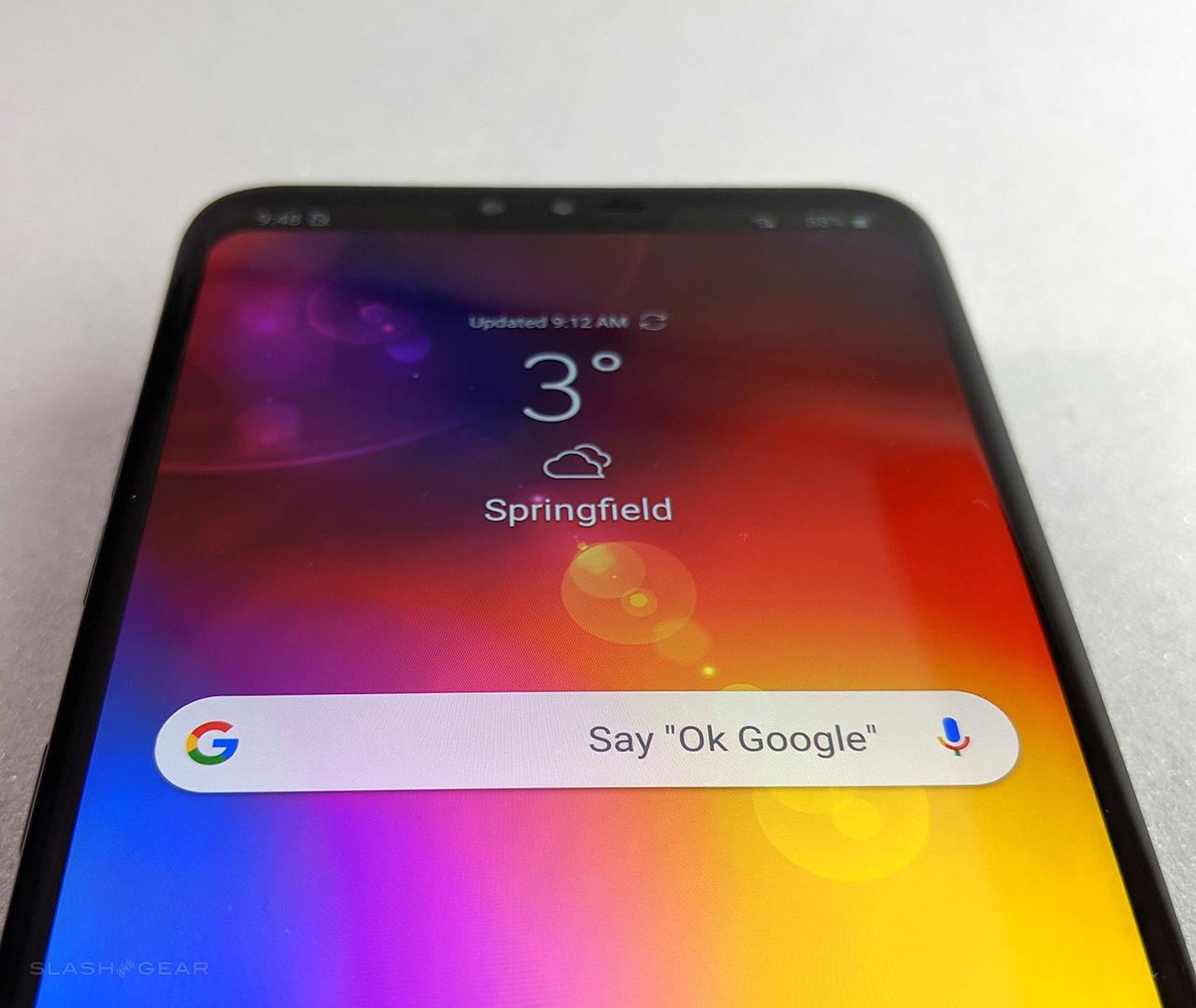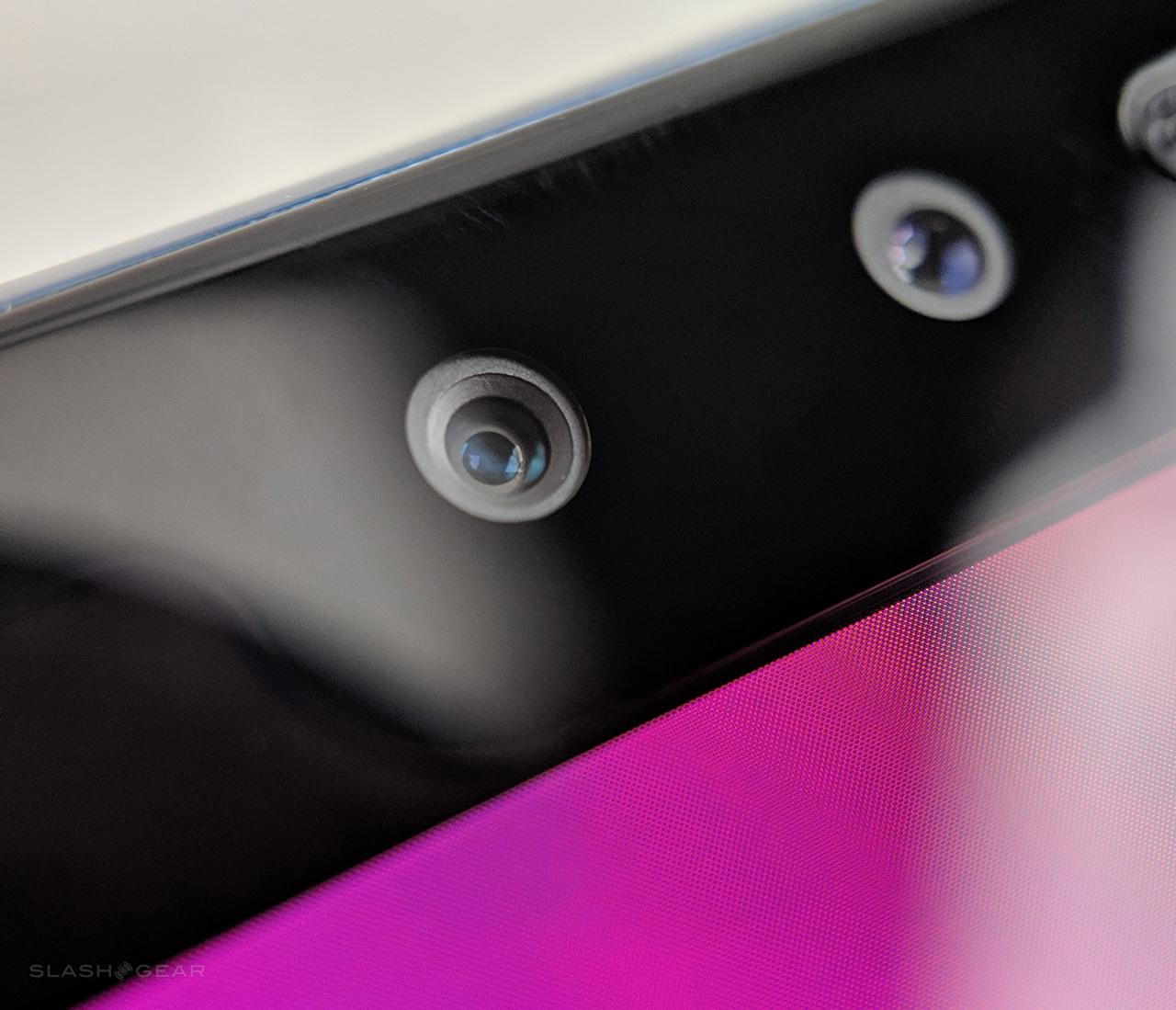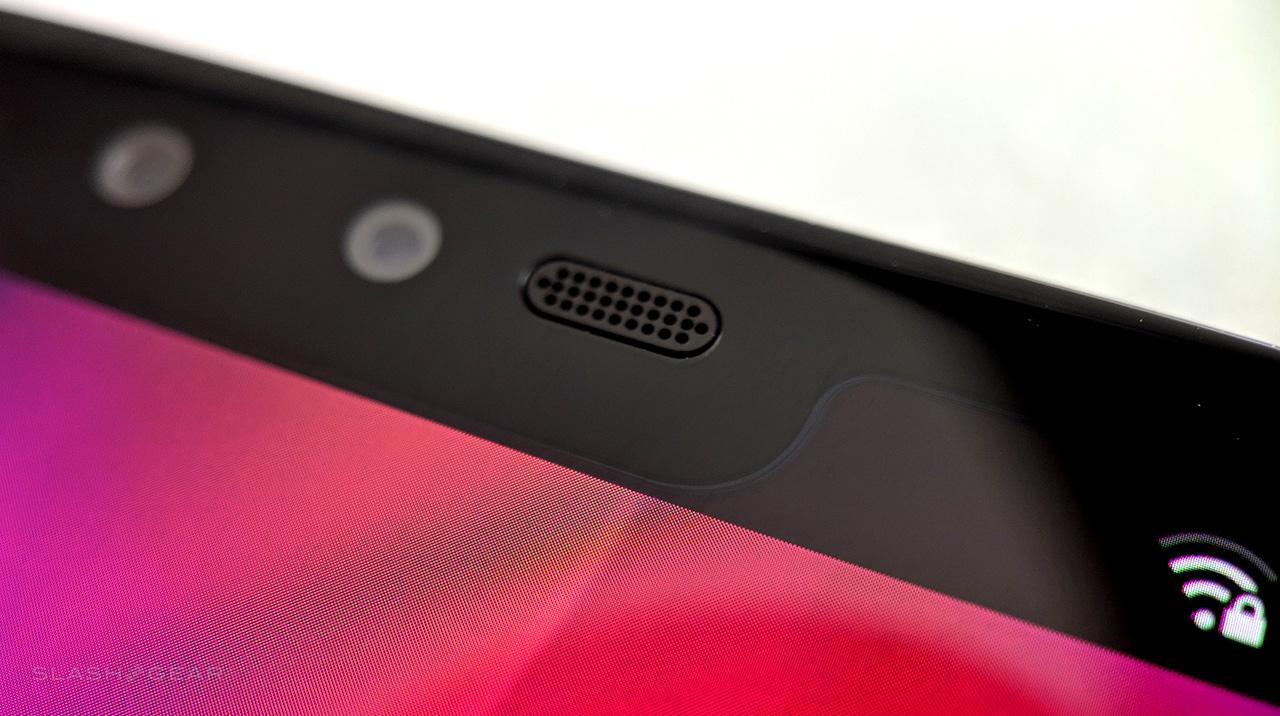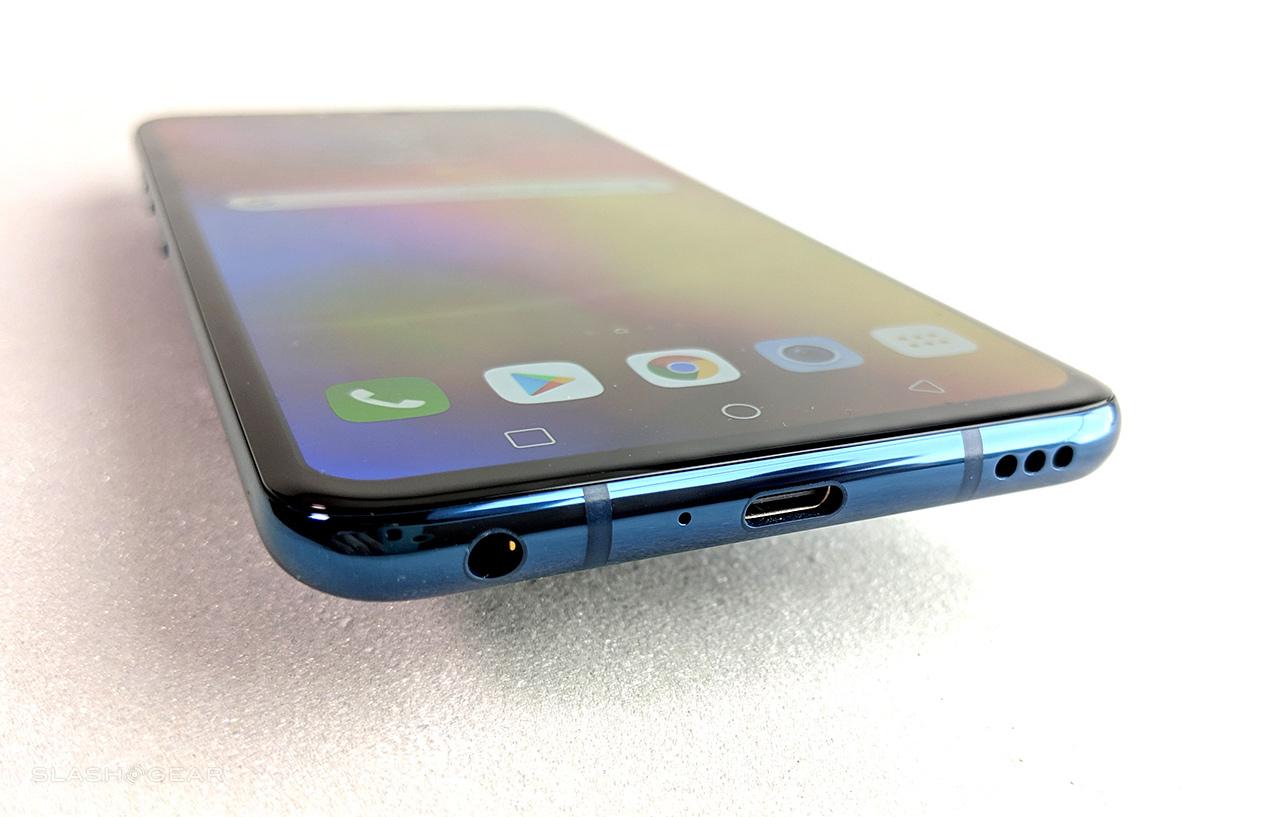LG V40 ThinQ Review: Unique In Colorful Quality
- Display is colorful, sharp, and brilliant
- Phone backside has a premium, unique quality
- Camera options are plentiful and helpful
- Audio quality is top quality with built-in DAC
- Notch can be hidden correctly*
- Notch in display (though software options are good!)
- Speakers down-facing instead of forward-facing
- Phone case not included in box
- Camera placement a bit awkward
We may receive a commission on purchases made from links.
The LG V40 ThinQ is a unique smartphone because of its multiple alternate trajectories in smartphone trends. This is a phone that amps up everything I loved about the LG V35 (my favorite phone of 2018). Instead of running with the trends of one smartphone company or another, LG seems to have done a professional job of pinpointing the best elements available in the hardware industry today – creating, in the process, one of what's easily one of the most impressive phones of the tail end of this year.
Hardware
This smartphone rallies against the Samsung Galaxy Note 9 and the iPhone XS Max, carrying with it a display size and processor power to take on the most powerful smartphones in the industry. It has similar power and a similar display size – but due to its implementation of lighter materials than its competition and an overall size of 2.98 x 0.31 x 6.25 inches, this smartphone feels rather svelte.
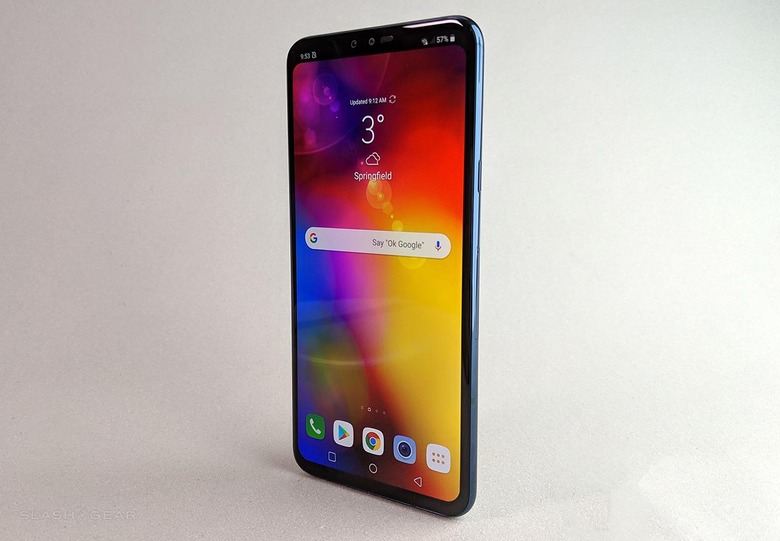
The LG V40 has a 6.4-inch display with 1440 x 3120 pixel display, while the Galaxy Note 9's 6.4-inch display carries 1440 x 2960 pixels. The iPhone XS Max has a 6.5-inch display, the largest of the three displays, but it carries the smallest amount of pixels, at 1242 x 2688. That means the LG vs Samsung vs Apple phones have 537 PPI, 516 PPI, and 458 PPI respectively.
All three phones have the same environmental protection level at IP-68 for water and dust, but the LG V40 also has MIL-STD-810 certification for shock damage resistance, too. Both the Galaxy Note 9 and LG V40 have fingerprint scanners, the Samsung phone has an iris scanner, and all three devices have facial recognition. The LG and the Samsung have the same processor inside, while the iPhone has an Apple A12 Bionic chip.
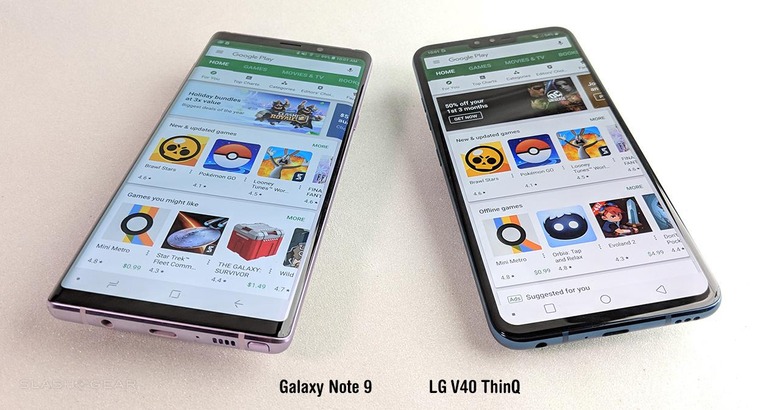
The Galaxy Note 9 has a slight advantage over the other two as it has a built-in stylus (a Samsung S-Pen), while Apple's most unique feature is probably iOS 12, and the LG V40 is the only one of the three to feature three cameras on its backside. All three have built-in Qi-standard wireless battery charging, and both seem to have pretty comparable actual real-world battery life, though they each feature a slightly different sized battery – LG V40 has a 3300mAh battery – see the battery section below for a bit more info on that front.
The LG V30 feels like a premium phone. It's light, it's a size I consider not too big, not too small, and it looks great. The version I'm reviewing here has a multi-tone backside, which means it changes colors depending on the angle at which you're viewing it. Several different iterations of similar effects have appeared on smartphones released in the latter half of 2018, and more will appear in 2019. Above you'll see the recently released Oppo F9 with its own color-changing backside.
There's a very subtle texture to the back of the LG V40 ThinQ. It's not slippery like some glass phones can be, not grippy like silicone – it's somewhere in-between. UPDATE: Apparently some real interesting work went into this tactile feel for this phone.
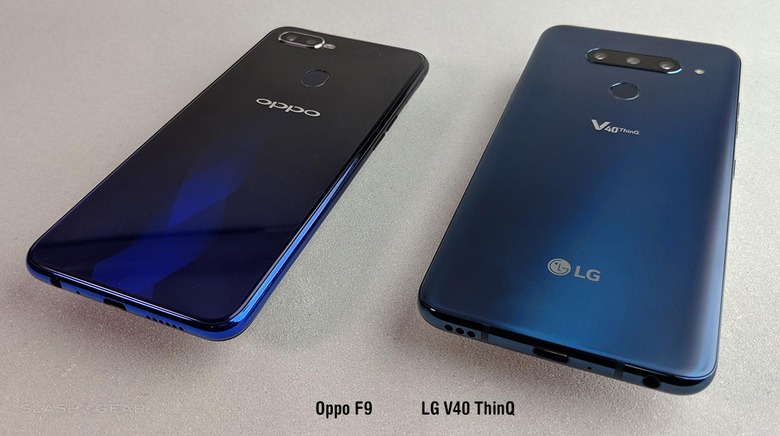
The only issue I've had regarding the hardware is in the placement of the camera array on the back. Because of the location of the pill-shaped camera array, I find myself accidentally blocking at least one of three lenses with my finger, and far too often. If I only ever held the phone portrait style, it'd be totally fine – but I take the vast majority of my photos in landscape mode – which means there's a bit of a learning curve for my left hand's fingers. Not too much of a curve that its insurmountable, but it's there nonetheless.
Sound and Software
Under the hood this smartphone has a Hi-Fi Quad DAC and DTS:X 3D Surround sound for high audio quality. This phone produces a wide range of sound, full sound, the sort of sound you'll not get from most other phones available on the market today. You'll get this audio through the LG V40's standard headphone jack, and you'll get a bunch of granular controls for the audio in the smartphone's main settings, like you see here.
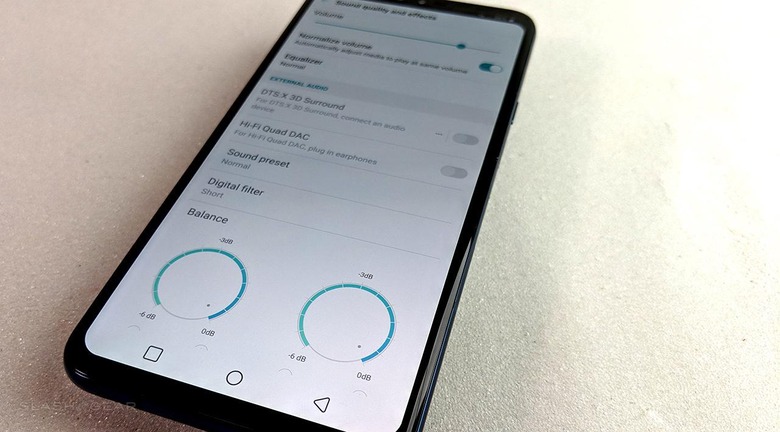
LG continues to use its own UI over Android, here, and it does OK. Switching from a more "vanilla" version of Android will take a little getting used to, especially considering the slight differences in switching between menus and such – but any and all hassles are trivial. The software moves quickly and I've yet to see a force-quit or error in any app or menu.
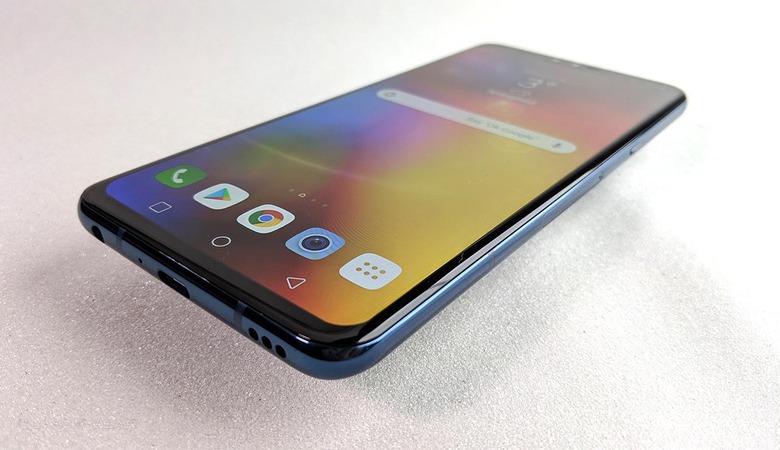
The LG V40 has a Voice Assistant button that I do not need, and for which I was glad to find a disable option. However, if I was a big user of the Google Assistant, it's nice to know that I have the option to turn this button's functionality back on – or to launch Google Lens. I DO wish the button were able to be remapped to something more useful – like a camera shutter button.
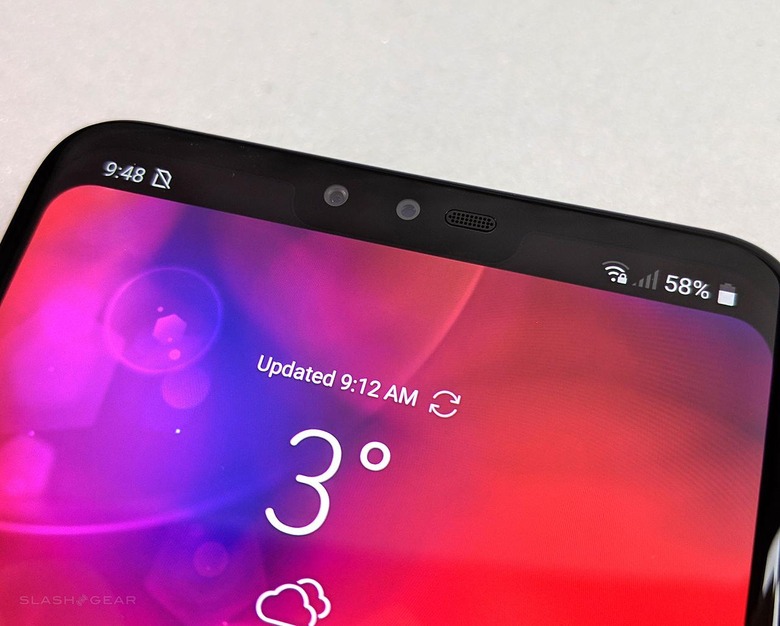
*Above you'll see that I've mentioned that the notch can be hidden correctly on this smartphone. I mean that when the user chooses the option to hide the notch, they don't automatically push the entire UI below the notch, rendering that display area useless. Instead, LG keeps the time, SIM status, Wi-fi status, battery, connectivity, and other small items in white on a black bar – allowing the area to continue to function while the rest of the display can be used completely by whatever app/game is open.
Camera
LG did something unique with their multiple-camera smartphone – something almost no other smartphone company did in the past year: They made all three back-facing cameras usable and useful. One's standard, one's for 2x optical zoom, and the third is a wide-angle lens, and I find myself switching between the three on a fairly regular basis.
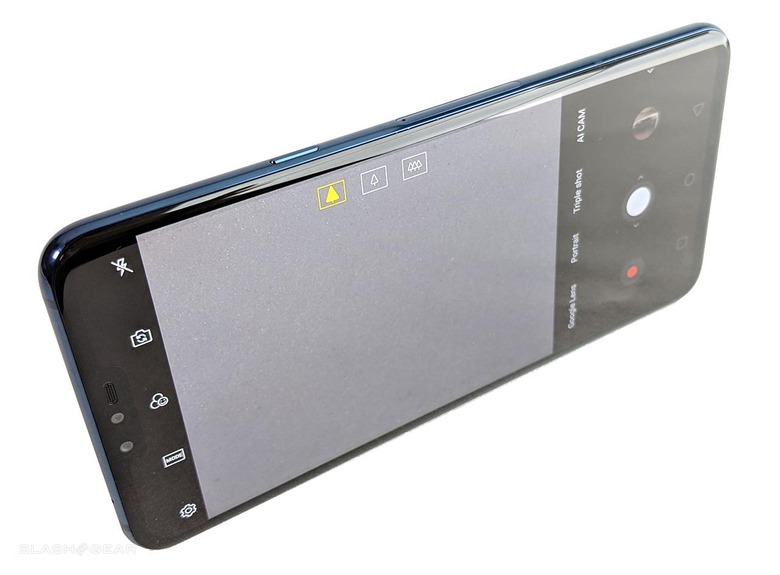
There's a feature with the camera app called Triple Shot. This feature is unique, but it's a lot more bark than bite – it's neat, but I've yet to find myself seeking it out or using it on purpose for anything other than testing for this review.
Above and below you'll see examples of what Triple Shot generates in the LG V40. I've sent the video files from the phone to my laptop and up to YouTube, as raw as they came. Notice the different ways the two sets of photos focused and re-focused on the points of their choosing.
Cine Shot mode is far more interesting. Below you'll see just one example of a Cine Shot video. More are included in the link below, too.
In a feature posted earlier this year we got to know the feature Cine Shot – or get reminded of the feature, since we've seen similar features in phones from the past, but never implemented with such finesse as here with the V40. Cine Shot creates cinemagraphs, AKA moving pictures – where most of the image stays still but one part of the image moves. It's one of those things you'll get addicted to using – or you'll use it once and forget about it forever.
Overall quality of the LG V40 is varied, but what it lacks in consistency it more than makes up for with a wide range of actually useful features and options. The LG V40 doesn't create the same "every shot is basically great" success rate that we've seen with phones like the Pixel (3, 2, 1), or the latest iPhones XS family, but it's ready to stay on-par with the topmost shooters in the industry.
Battery
Battery lasts a good 8 hours, but not much more on an average day. If you're planning on using this phone purely for its camera – we've got a whole different ballgame on our hands. You can buy the LG V40 off-contract and without a SIM card or data plan and use it for its unique camera setup – and if you do so, you'll find yourself with a fantastic amount of battery life on standby.
The LG V40 lasted me an average of 8-9 hours with heavy usage – checking throughout the day, taking photos, playing videos, etcetera. Testing without any internet data active (with no SIM card), I've been running for two days now and still have 50% battery life left.
Wrap-up
Much like each previously-released LG V-family smartphone, this unit's gonna have a life well beyond your average phone, not least of all because of its built-in DAC for high quality audio and its multiple camera options and decent photo and video quality. I recommend that as SOON as you purchase this smartphone, you get a protective case of some sort to keep this phone in mint condition. The industrial design of the machine will remain beautiful for years to come.
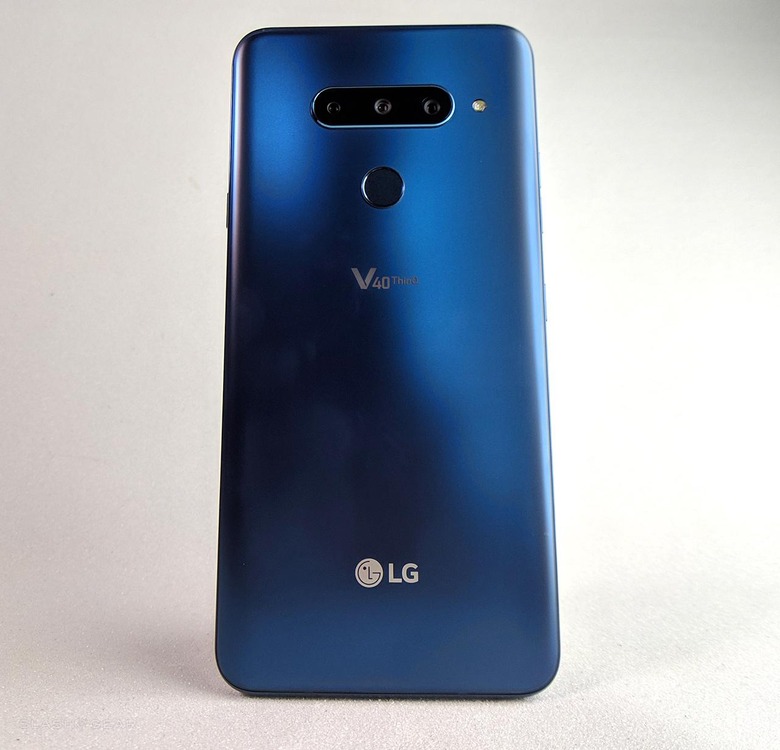
If you buy this phone through a carrier like Verizon, you'll find both the Arora Black and Moroccan Blue editions for $20.42 a month for 24 months. That ends up being around $490, which seems like a strangely good deal given Verizon's retail price – which is $980. If you're going to buy the LG V40 ThinQ from the web, you'll find it for around $750 right now from Amazon. Otherwise it's available for around $950 for the 64GB Aurora Black edition.


